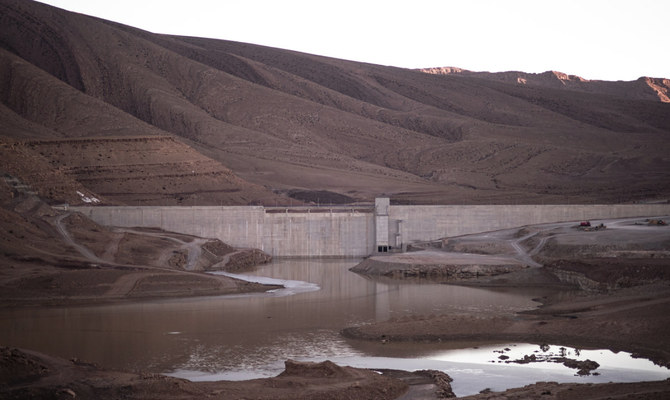
In 1989, exactly 30 years ago, all five Maghreb countries of Algeria, Libya, Mauritania, Morocco and Tunisia established the Arab Maghreb Union (AMU) to promote cooperation and integration among the Arab states of North Africa. At the time it was widely understood: there were clear benefits to greater economic integration. Unfortunately, such efforts have since faltered. Thirty years after the initial attempt, a key question remains: are there still benefits for the Maghreb to carve its own path towards a more unified economic future?
While trade tensions are flaring up internationally and regional economic blocks in the Americas and Europe are under stress, evidence remains that the integration of neighboring economies is mutually beneficial and an important source of long-term growth. Even in the current climate, we should remind each other of the benefits of partnership.
The Maghreb countries share a history, culture and languages. They are strategically located between the advanced economies of Europe to the north and the high-potential, developing economies of sub-Saharan Africa to the south.
Maghreb economies, while diverse, all face the common challenge of providing opportunities for everyone. Growth in the region has been too low for too long and has not contributed sufficiently to creating new jobs and pathways for all to succeed. At 11 percent, the unemployment rate remains high, especially for youth (24 percent) and women (14 percent), even in comparison with other parts of the Middle East and North Africa (MENA) region. Poverty and inequality have improved little since the Arab Uprisings.
Individual countries of the Maghreb have achieved substantial progress on trade but, as a region, they remain one of the least integrated in the world, with intraregional trade standing at less than 5 percent. This is noticeably lower than in all other regional trade zones around the world. In Asia for instance, where average annual growth for the last decade was close to 6 percent, intraregional trade represents 51 percent of total trade. In fact, geopolitical considerations and restrictive economic policies have both contributed to a lack of regional integration in the Maghreb.
As a result, none of the five countries has one of its Maghreb neighbors as a major trading partner and intraregional trade within the Maghreb consists of only a few goods, mostly commodities. Trade in services, especially tourism, is growing, but slowly. Business investment between countries in the region is also limited compared with other regions, cross-border financial integration is limited, and intra-Maghreb official migration seems marginal.
Issues of inclusive trade and integration are now coming to the fore. About a year ago, representatives from MENA countries, including all Maghreb countries, met in Marrakesh to debate how best to promote growth, jobs, and inclusiveness in the Arab World. Trade was identified as one of the top policy priorities. Today, the most important question facing Maghreb countries is how to leverage the potential for regional integration as an additional tool to raise growth, create jobs, and reduce inequality. As we look forward to the 2021 IMF-World Bank Annual Meetings in Marrakesh, we stand ready to support regional integration efforts.
Recent IMF research shows that greater integration among Maghreb countries would create a regional market of almost 100 million people with an average income of about $12,000 in purchasing-power-parity terms. Integration would make the region more attractive to foreign businesses and investors, reduce the cost of intraregional trade, capital, and labor movement, and increase efficiency in government spending. It would also make the Maghreb more resilient to economic shocks and market volatility.
By some estimates, regional integration could contribute to raising growth in each Maghreb country by 1 percentage point on average in the long term. Our analysis shows that virtually each Maghreb country can identify whole product groups that it could potentially export to its neighbors. Indeed, intraregional trade may double because of integration—further supporting growth and employment.
Integration could also support the creation of regional value chains and could make Maghreb a trade and investment hub between sub-Saharan Africa and the Europe. And finally, greater integration would raise the region’s negotiating capacity in areas of common interest.
The challenges to growth and jobs are significant. No source of prosperity should be left untapped.












